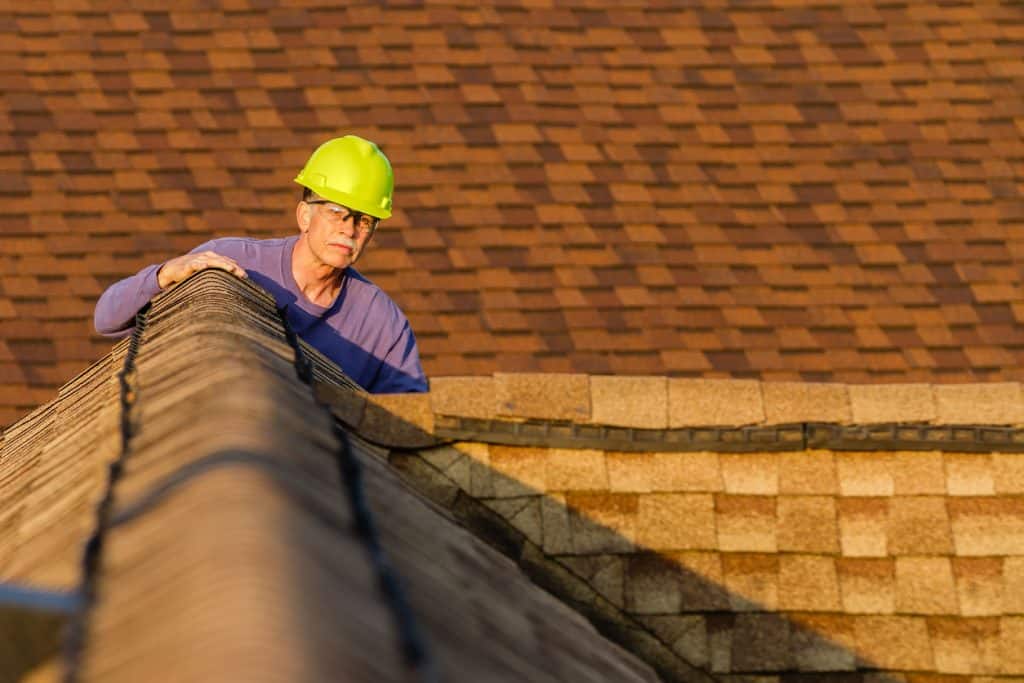Roof maintenance is an often-overlooked but crucial aspect of homeownership. Winter, with its freezing temperatures, snow, and ice, can take a serious toll on your roof, causing potential damage that may go unnoticed until it’s too late. Roof inspections before and after winter are vital in ensuring the long-term health of your roof and home. Here’s why you should prioritize this task.
1. Why Roof Inspections Before Winter Matter
Before the harsh winter months arrive, it’s important to check the condition of your roof to ensure it’s ready to handle the challenges that come with cold weather. This includes snow accumulation, ice dams, and heavy rain, all of which can exacerbate pre-existing damage and lead to leaks or structural damage.
- Preventing Ice Dams: Ice dams form when warm air from the house melts the snow on the roof, causing water to run down the shingles. The water refreezes at the eaves, blocking drainage and causing water to back up under the shingles. A roof inspection will help identify weak areas where ice dams could form and allow for repairs before winter.
- Identifying Missing or Damaged Shingles: Roof shingles that are missing or damaged could let in water, leading to leaks. Replacing damaged shingles before winter ensures the roof’s integrity and keeps the inside of your home dry.
- Cleaning Gutters and Drains: During a pre-winter inspection, gutters and downspouts should be cleared of debris. Clogged gutters can prevent proper drainage, leading to water backing up and potentially causing roof leaks or ice dam formation.
2. The Importance of Roof Inspections After Winter
After the winter months, the snow and ice may have left their mark on your roof. The after-effects of freezing temperatures, ice buildup, and heavy storms can cause unseen damage that may compromise the roof’s structure. An inspection after winter ensures that any damage is addressed promptly before it worsens.
- Checking for Water Damage: Snow and ice can melt, seeping into cracks in the roof. A post-winter inspection will help identify any water damage, particularly in the attic, where water leaks can cause long-term structural problems.
- Inspecting for Ice Dam Damage: As mentioned earlier, ice dams can be a significant concern in winter. After the season ends, an inspection will help determine if any ice dams caused issues like leaks or lifted shingles.
- Examining the Structural Integrity: Prolonged exposure to heavy snow can stress the roof structure. Post-winter inspections help evaluate whether the roof’s supports, beams, and trusses are still in good condition.
3. What to Expect During a Roof Inspection
Whether performed before or after winter, a roof inspection typically includes several important steps.
- Visual Inspection: The roofing professional will visually examine the shingles, flashing, gutters, and other components to check for signs of wear or damage. They may use binoculars or drones for a closer look if the roof is too high to reach safely.
- Checking for Moisture: The inspector will check for moisture in the attic, roof decking, and insulation. Water damage can lead to mold growth and structural weakening if left unaddressed.
- Roofing Material Evaluation: A professional will evaluate the condition of the roofing materials (shingles, tiles, metal panels) to ensure there are no signs of cracks, missing pieces, or deterioration.
4. How Often Should You Get a Roof Inspection?
While roof inspections before and after winter are essential, experts recommend having your roof inspected at least once a year. Regular inspections help catch minor issues before they turn into major problems. Additionally, after significant storms or extreme weather conditions, it’s wise to have your roof evaluated for potential damage.
Conclusion
Roof inspections before and after winter are essential for preventing damage, extending the lifespan of your roof, and protecting your home from water infiltration. Whether you are preparing for the colder months or recovering from them, regular inspections will ensure your roof remains strong and functional year-round. Investing in this preventive measure can save you time, money, and a lot of stress down the road.

